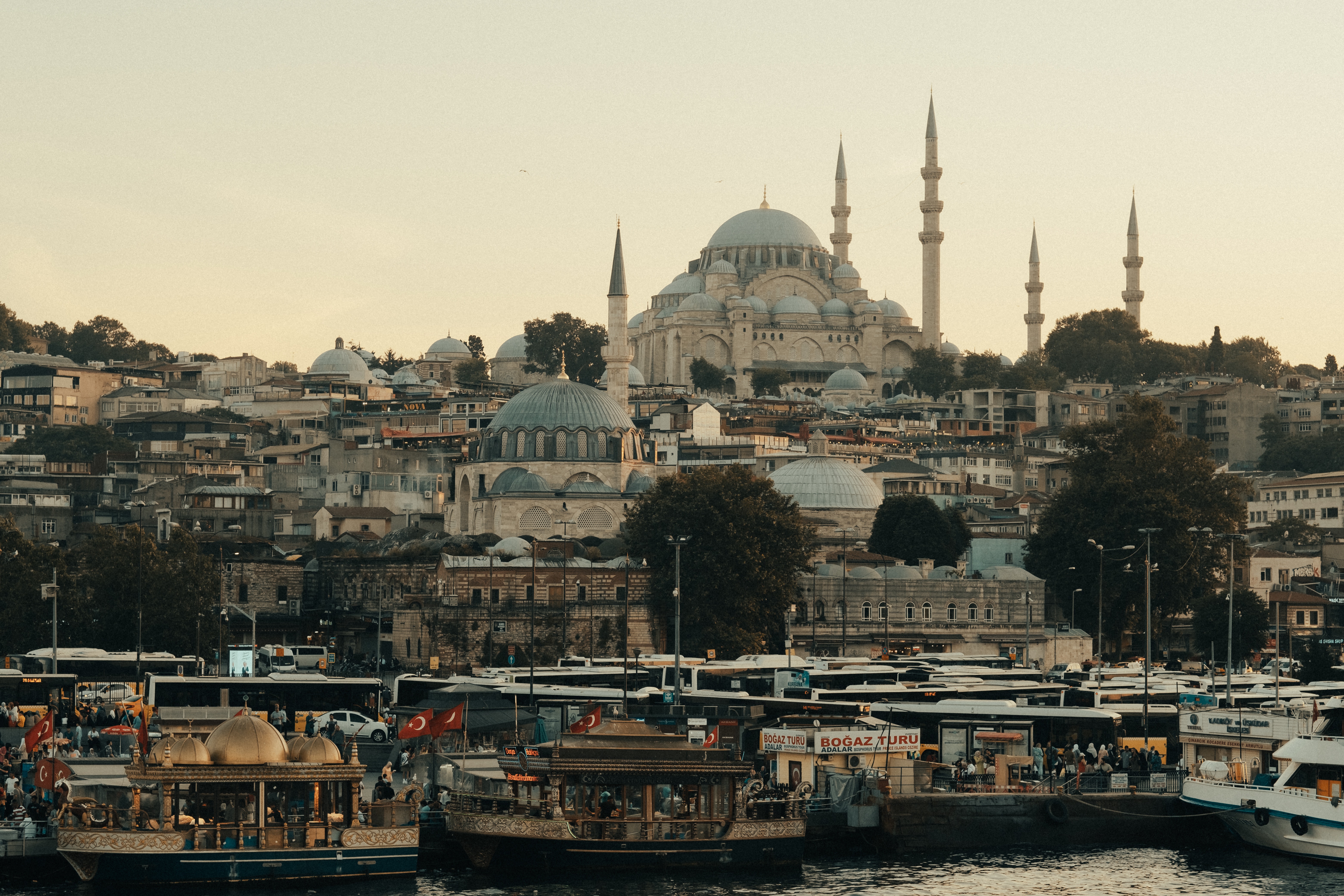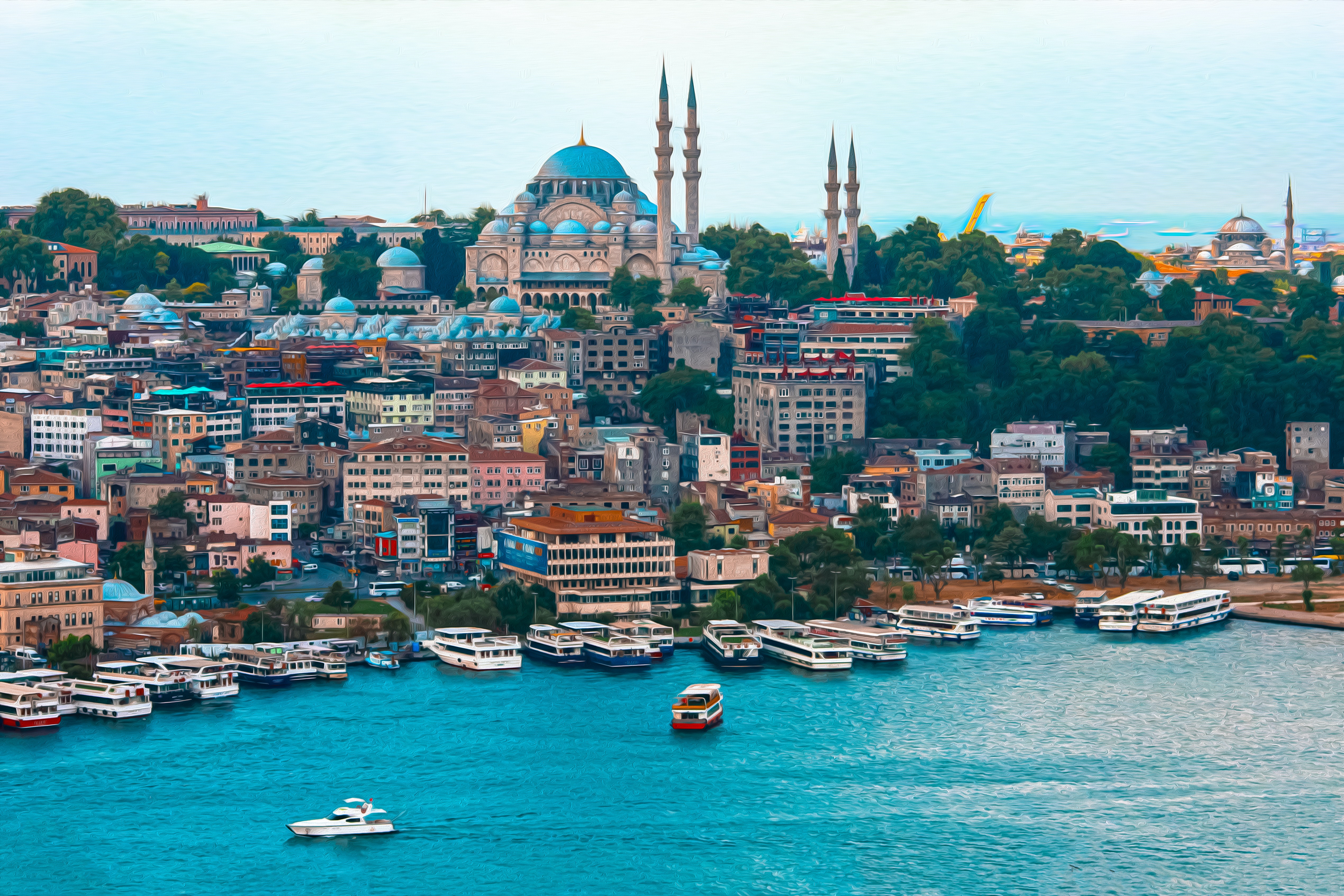Over the centuries, Istanbul has become a key city in terms of being the center of historic events, wars, battles, and famous occasions that have resulted in it being a historical and cultural city. For those who want to experience Istanbul as more than just a touristic place with 4-5 main attractions on your checklist, it is a great idea to learn more about the past as it is intriguing and quite unique!
Throughout the Ottoman Turks' tenure, Constantinople, one of Istanbul's last names, had numerous wars. However, in 1453, invasions and fighting made Constantinople weak enough for Sultan Mehmet II's Ottoman Turks to take over. The third and final capital of the Ottoman Empire, Istanbul was granted a new name. It served as the focal point for military operations that would drastically expand the Ottoman Empire. Istanbul, which had a population of about 500,000 by the middle of the sixteenth century, was a significant hub for trade, politics, and culture. Ottoman power persisted until it was abolished when the Allies conquered Istanbul during World War One. Today, you can relive the lengthy history of these regions by visiting several parts of the city on both the European and Asian sides that give a glimpse of its past!
A city steeped in History

As early as 3000 BC, people may have resided in what is today known as Asian Istanbul. Under the direction of King Byzas, Greek immigrants finally created Byzantium, the Greek term for a city on the Bosphorus, in the seventh century. Byzas selected the area after consulting a Delphin oracle, who recommended he live across from the "country of the blind ones." Istanbul's greatest attractions range from revolutionary landmarks to the best antique shops in the country, and they are as diverse and fascinating as the city itself. Here, enjoyment, food, and entertainment all naturally intertwine. Although Istanbul takes some getting used to, give in to its allure. When the city had a population of over 500,000 people in the fourth and sixth centuries, early Byzantine kings inundated their capital with antiquity-related artifacts. Under Justinian I's authority, riots in 532 left the city in ruins. The majestic Hagia Sophia stands as a tribute to the Byzantines' illustrious past, yet it was rebuilt. For newcomers living the Cabriole way in the city, The Golden Horn is a must-visit location because it is also significant historically.
Other unmissable historical sites

The Galata Tower, one of Istanbul's most recognizable landmarks, dominates the city's skyline and provides stunning views of the ancient city and its surroundings. When it was constructed in Istanbul in 1348, the stone tower known as the Tower of Christ was Istanbul's tallest structure. It still boasts a stunning perspective of Istanbul and was recently turned into a museum from the inside all the way to the top, where there is a 360-degree viewing deck. A few well-known sites may be found that date all the way back to the 17th century, and 19th-century architecture is also not to be missed! Turkey has a number of UNESCO World Heritage Sites, and Istanbul is home to a few as well.
The Grand Bazaar, one of the biggest indoor marketplaces in the world with 5,000 shops, shouldn't be missed by those who enjoy shopping. Over 25,000 people visit the bazaar daily to buy items including jewelry, hand-painted pottery, antiques, spices, and rugs. During Sultan Mehmet II's rule in the 15th century, the Grand Bazaar was initially built. The king started constructing covered marketplaces known as "bedesten" where silks and fabrics were sold. Hagia Sophia is another well-known tourist destination. Hagia Sophia, which is Greek for "Holy Wisdom," alludes to Jesus Christ, the second member of the Holy Trinity. The building, built between 532 and 537 by the Byzantine emperor Justinian, was an Eastern Orthodox cathedral until 1453, with the exception of around 60 years in the 1200s when it served as a Roman Catholic cathedral. The Hagia Sophia Mosque was recently converted into a mosque, allowing Muslims to attend and pray there as well. Admission is free for all guests! One of the most opulent and picturesque tourist destinations in the city has been dubbed the Dolmabahce Palace. The largest palace in Turkey, built in the 19th century with 14 tonnes of gold leaf, combines Neoclassical, Baroque, and Rococo-European architectural styles with traditional Ottoman design. From 1856 through 1924, six Ottoman sultans resided there, and Queen Victoria presented it with the largest Bohemian crystal chandelier in the world.
Wherever you go, you are surely bound to find a piece of the historical puzzle that makes up Istanbul as a whole. There are several iconic landmarks that are less popular amongst tourists but if you’re a true traveler, you’ll definitely be able to find them!